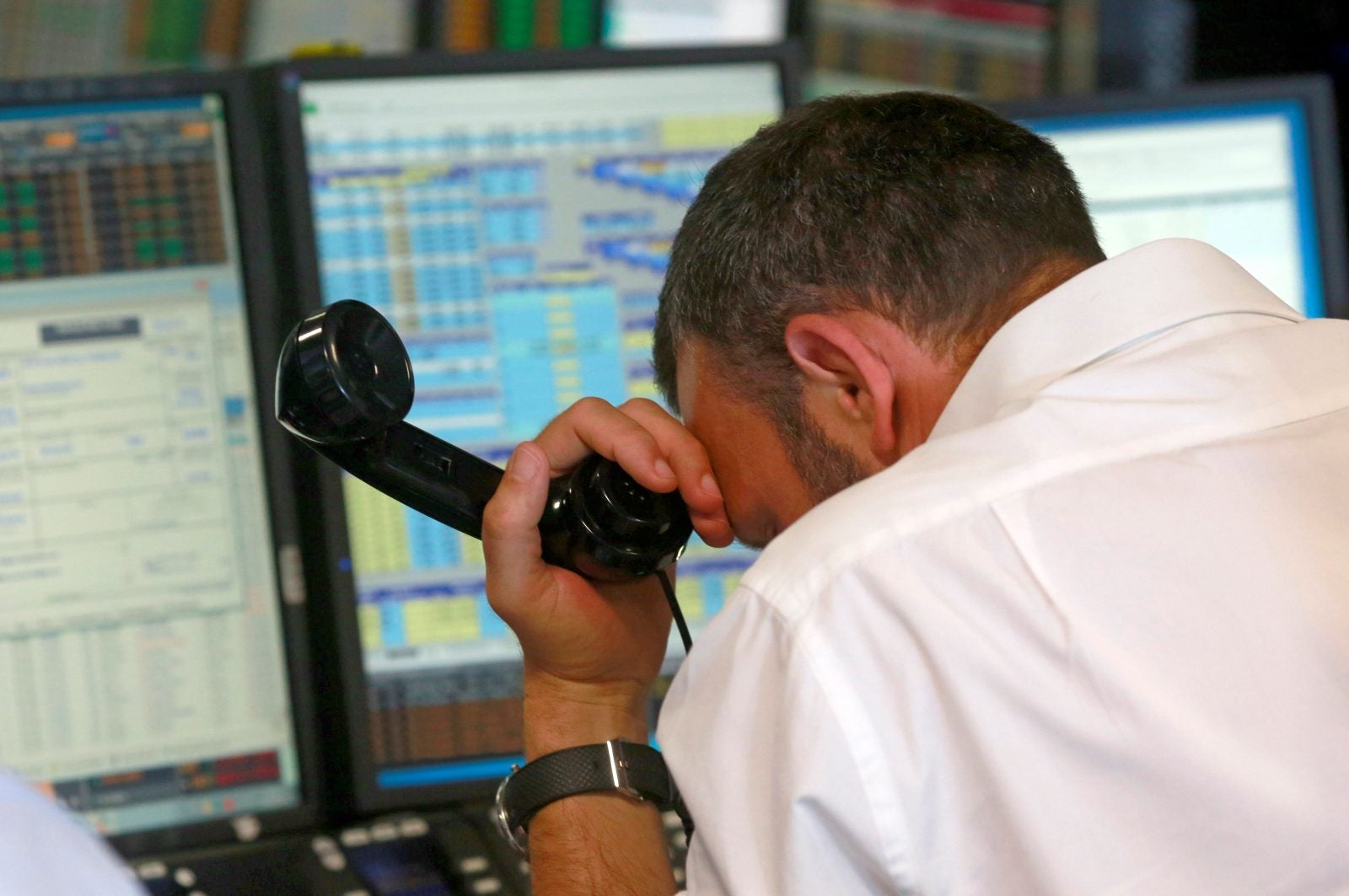The good news? US banks just had a fire drill for this garbage fire
Imagine studying all year for the final, passing it, and then finding out that the real final is the next day.


Imagine studying all year for the final, passing it, and then finding out that the real final is the next day.
That’s basically what 33 US banks went through this week. Global markets are flipping out over Britain’s vote to leave the European Union, less than 12 hours after the Federal Reserve concluded its latest round of stress tests.
Mandated as part of the Dodd-Frank financial overhaul of 2010, these annual regulatory exercises are an attempt to ensure that the largest US banks are sturdy enough to withstand possible shocks to either the economy, financial markets, or both.
The good news—man, could we use some good news—is that everybody passed this year. The Fed’s hypothetical oh-crap scenario (or “severely adverse” scenario, in Fed parlance) was harsher this year than last (paywall). The most extreme hypothetical situation included a 10% unemployment rate and short-term Treasury notes with negative yields. The Fed found that levels of capital—basically cushions of the banks’ own money that help them cover losses—were large enough to withstand the dire backdrop Fed regulators had dreamed up. Progress!
Of course, there’s a big difference between a simulated crisis and an actual major economic and market shock. The Fed seems to think that big US banks are now built to withstand a storm, and we’re about to find out whether that’s actually true.
Fortunately, they won’t have to go it alone. Central banks have announced that they’re ready to provide any liquidity needed to calm the markets. The European Central Bank said it “stands ready,” and the Bank of England has pledged to provide an extra 250 billion pounds ($345 billion). “Some market and economic volatility can be expected as this process unfolds,” Bank of England Governor Mark Carney said. At least the British capacity for understatement goes unchanged.